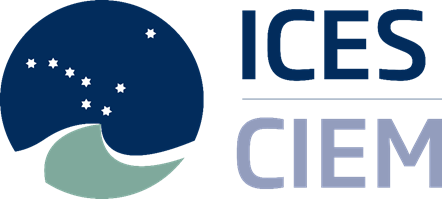contaminants
Type of resources
Topics
Keywords
Contact for the resource
Provided by
Years
Formats
Representation types
-

The International Council for the Exploration of the Sea (ICES), is a global organization that develops science and advice to support the sustainable use of the oceans. ICES is a network of more than 5,000 scientists from over 690 marine institutes in 20 member countries and beyond. 1,500 scientists participate in our activities annually. ICES has a well-established Data Centre, which manages a number of large dataset collections related to the marine environment. The majority of data – covering the Northeast Atlantic, Baltic Sea, Greenland Sea, and Norwegian Sea – originate from national institutes that are part of the ICES network. The ICES Data Centre provides marine data services to ICES member countries, expert groups, world data centres, regional seas conventions (HELCOM and OSPAR), the European Environment Agency (EEA), Eurostat, and various other European projects and biodiversity portals. ICES aims to provide all data collections online and according to the ICES Data policy, which enables open access to all data that are do not fall under specific commercial or personal privacy concerns.
-

Fichier présentant les données d'origine et la méthode de détermination des coûts inhérents à la mise en œuvre du réseau d'observation des contaminants en Méditerranée, CONTAMED pour l'année de référence 2016
-

Fichier présentant les données d'origine et la méthode de détermination des coûts inhérents à la mise en œuvre du réseau de mesure de la toxicité globale des sédiments, REMTOX pour l'année de référence 2016
-

Fichier présentant les données d'origine et la méthode de détermination des coûts inhérents aux dépenses réalisées par les industriels des secteurs de la chimie et de la pharmacie en réponse au réglement REACH, pour les années couvrant la période allant de 2012 à 2017.
-

Fichier présentant les données d'origine et la méthode de détermination des coûts inhérents à la mise en œuvre du réseau d'observation de la contamination chimique, ROCCH pour l'année de référence 2016.
-

Fichier présentant les données d'origine et la méthode de détermination des coûts inhérents aux actions de recherche mises en place sur la thématique des micropolluants pour l'année de référence 2017.
-

Fichier présentant les données d'origine et la méthode de détermination des coûts inhérents au plan national relatif à l'utilisation des produits phytosanitaires, ECOPHYTO mis en œuvre entre 2012 et 2015 en France.
-

Fichier présentant les données d'origine et la méthode de détermination des coûts inhérents à la mise en œuvre du réseau national de surveillance des ports maritimes pour les années couvrant la période allant de 2014 à 2017.
-

Fichier présentant les données d'origine et la méthode de détermination des coûts inhérents aux suivis des opérations de dragages au sein des grands ports maritimes pour les années couvrant la période allant de 2012 à 2016.
 Catalogue PIGMA
Catalogue PIGMA